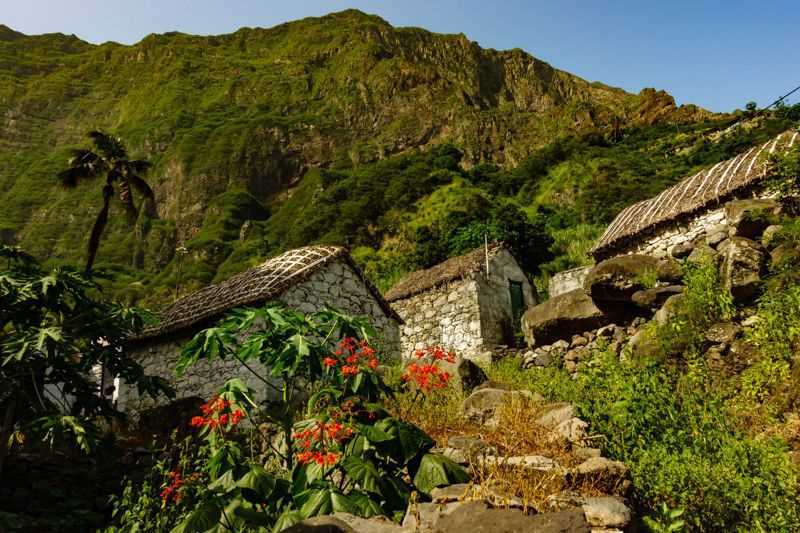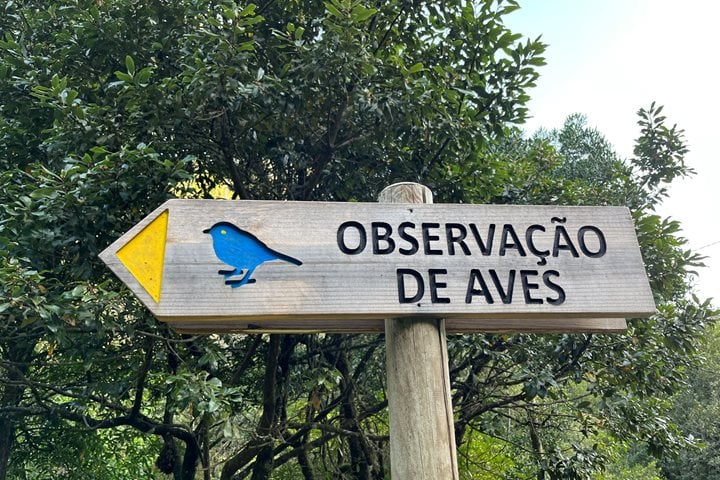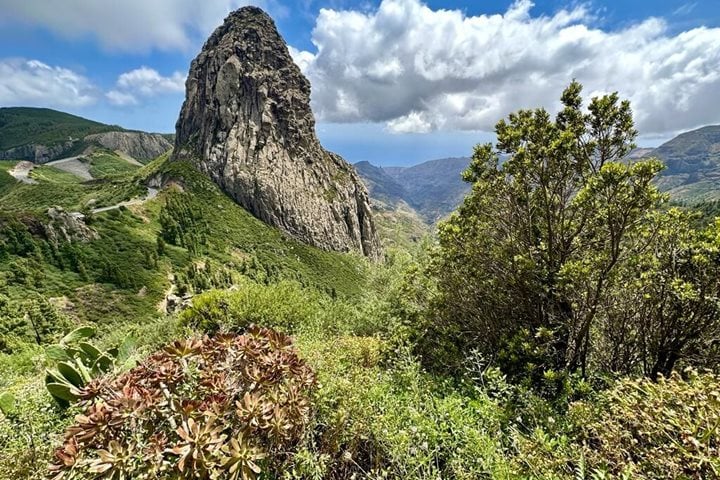Today we made our first and only landfall of this ocean crossing from Europe to South America in the Republic of Cape Verde off the west coast of Africa, an archipelago comprising some ten islands and covering an area of four thousand kilometres situated fewer than 600 kilometres off the west coast of Africa. The archipelago is in the form of a horseshoe, open to the Atlantic, and Santo Antão at the farthest north-western extremity has a windward side exposed to spring rains brought in on the north-east trade winds and an arid side to the south-east in the rain shadow of mountainous terrain that displays its volcanic origins at every turn. We docked at Porto Novo on the arid side of the island at a new jetty also used by the inter-island ferry.
The neighbouring island of Santo Vincente has close links with Wales, with an historic expatriate Cape Verdean community in Cardiff dating back to the century of steamships. Mindelo on Santo Vicente, once busy as a coal bunkering depot, regularly supplied from Cardiff. Elsewhere in the world there are Cape Verdean communities in former whaling centres, such as Nantucket in New England. In many ways here we learn to cast off our prejudices about insulation and isolation, two words deriving from their island associations. Cape Verdeans have an intercontinental outlook, linking Brazil in South America, Lisbon in Europe and Angola in Africa through a shared colonial heritage. The music for which the archipelago is celebrated exemplifies this international reach drawing on the traditions of three continents. Cesaria Evora, the late diva of Cape Verdean music, is still the required point of departure for anyone interested in making this exciting musical journey.
Our full day nature tour took over the island on the old colonial roads dramatically crossing from the arid to the wet zone over a narrow mountain pass. We had views of the collapsed caldera that formed the island and, of course, of the ocean, glimpsing other islands in the archipelago from time to time. We reached the largest town on the island, Ribeiro Grande, by the end of the morning and stopped for lunch at the delightful Pedracin village hotel where we were entertained by local musicians. We returned via the rich agricultural valley of Paul and made another stop at a traditional grogue distillery before returning to the ship late afternoon this time using an impressive new coastal road with several tunnels. A small band attempted a spectacular short hike descending some six miles from the crater edge along a switchback track to the village of Cha Manual dos Santos.







